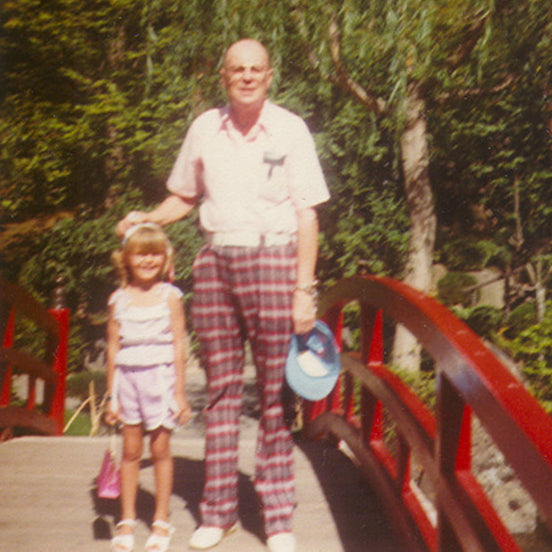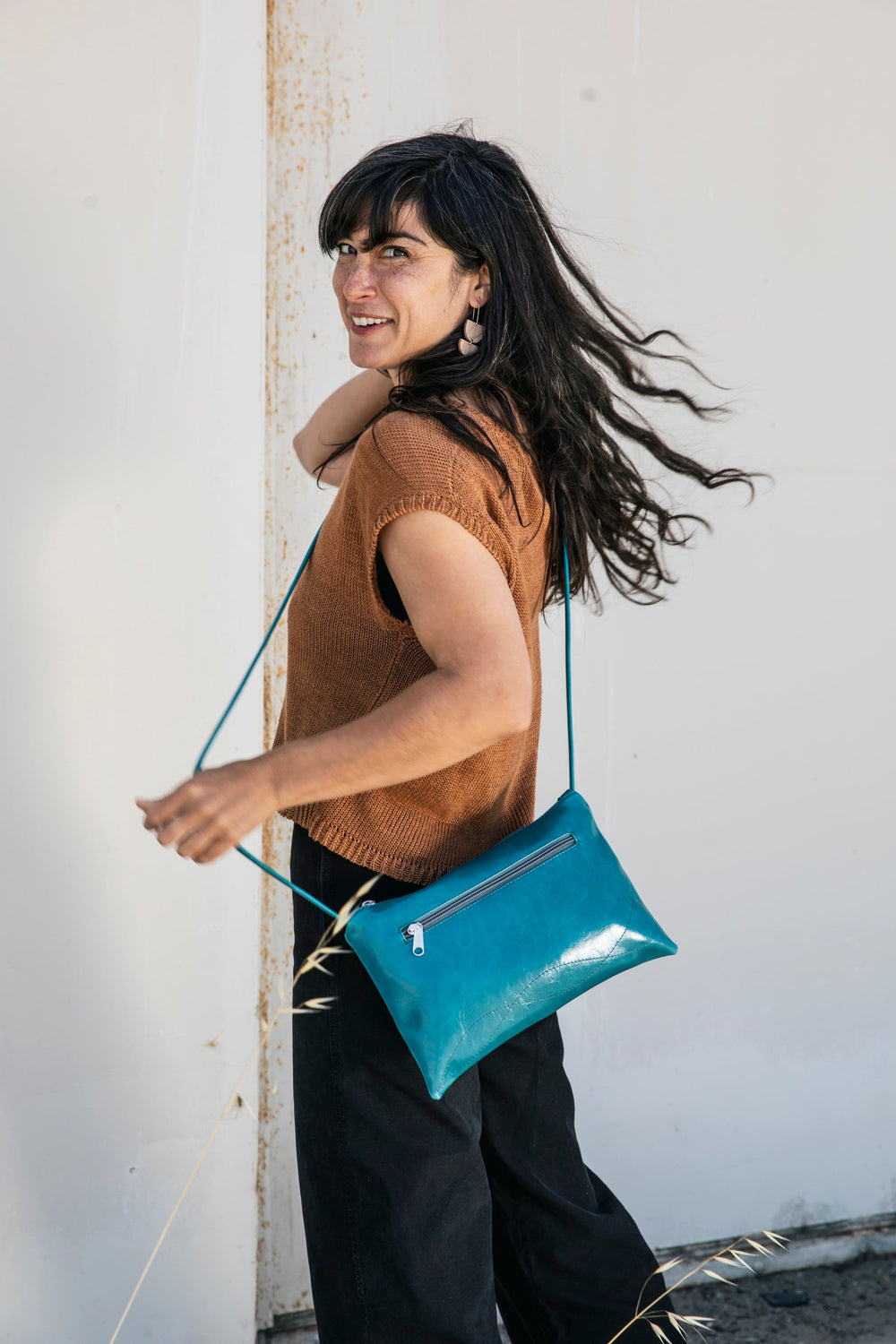Last fall, after the broken sewing machine debacle, I vowed to never be reliant on one sewing machine ever again. (And if I'm really being honest, witnessing firsthand the mass exodus of factories in New York's Garment Center during the height of the Covid pandemic (Summer 2020), it left me panicked enough to realize that if my designs required specialized sewing machines to make my handbags: I needed to own those machines - vs relying on outside sources.)
Where to find reliable vintage industrial sewing machines?
My mom recently gave me the aforementioned machine from my Grandmother. And thanks to help from lots of YouTube videos and a FB group I was able to tune it up and get it back to sewing smoothly once more.
I decided that I would attempt this same strategy for industrial machines in my workshop. Now if you are wondering whether there is a market for old sewing machines then the answer is yes! I started looking on my local Craigslist for Industrial Sewing machines that I could restore and use for making my bags.
Because I work with such thick materials, my main consideration was that the sewing machine would need to be what's called a "Compound Walking Foot", which means that the presser foot actually moves in tandem with the needle and feed dogs, so it will effortlessly sew through many layers of thick materials without a skipping a stitch, or jamming up.
After a few weeks of trolling craigslist posts, I stumbled upon an ad for MULTIPLE sewing machines that were being sold as a group. Long discarded and water damaged, they were part of an estate that was purchased from a retired couple who worked for Jansport (the inventors of the first adjustable aluminum frame backpack) back in their heyday. As an employee benefit they acquired the machines, and made their own bags as a retirement hobby, until they passed away in 2019. Now I was slightly wondering about questions like what can I make out of an old sewing machine and are there enough vintage sewing machine parts available when needed? But with the Crystalyn Kae Sustainability mission as a guiding light, I knew I would find a way to make to bring these machines back from the dead.

What can I do with an old industrial sewing machine?
Old sewing machine ideas were still fascinating and I was most intrigued by the ‘ski ramp’ sewing machine, which after some internet digging, I discovered it was called an ‘Off the arm’ machine, which had two needles side by side and sewed a chain stitch… It’s model name is a Singer 261-11. This machine was intended to do one thing very well… take a look at the inside seam of your jeans and you’ll see what I mean: it's a double-needle chain stitch flat felled seam. My mind began to wander on the possibilities of this industrial sewing machine for bag-making. Since there are no bobbins to refill (it uses 4 cones of thread for the top and bottom!) and can seam long passes of narrow materials together - it would be perfect to securely seam scrap materials into a kaleidoscope of patterns and create upcycled diy projects.
There was also a double needle walking foot machine - which I already have, but loved the idea of having a second as a backup, or being able to have it dedicated to sew a specific width without having to purchase “gauges” (which are how the needles, presser foot, feed dogs and dual bobbins are spaced) that require the help of a mechanic (and a few hours of down time) to change). It was completely frozen. The moving parts had rusted together. But there’s something so satisfying about taking a machine apart piece by piece and soaking it in Evaporust and scrubbing in my ultrasonic cleaner… it’s downright meditative. It’s like working a 3-D puzzle! And it could be another way to get to know your sewing machine better.

Vintage sewing machine repurposed
The sellers were super kind fellow entrepreneurs (they owned a local coffee shop in Snohomish), and they agreed upon a very fair price for the 4 sewing machines. I rented a UHaul for the day and backed it up to the barn.

What to do when your sewing machine doesn’t have a table?
This week, the days between Christmas and New Years’ tends to be very quiet and I decided that this will be the week I would get the machine cleaned and back up and running. With the help of the Vintage Industrial Sewing machine Facebook group, and some of my favorite tools, the ‘ski ramp’ machine (as it’s called in my house) is up and running. My love even built a frame (with the inspiration from this YouTube video) to support the machine which is VERY VERY Heavy and lopsided.













This is fascinating! I don’t know how you come up with ideas like this, but this is so creative and such a cool thing to do! I have previously kept an eye on your upcycled DIY projects and it’s amazing to see that they only seem to grow! Who knew you can repurpose old vintage sewing machines.
Wow! Silly me, but I never realized that vintage industrial sewing machines can be used for modern bag-making! And whether there is a market for old sewing machines. I love that you stay true to your sustainability mission and continue to share the journey on the way.
Intriging! I continue to be impressed with what you learn and attempt!!!
Love you!
Leave a comment